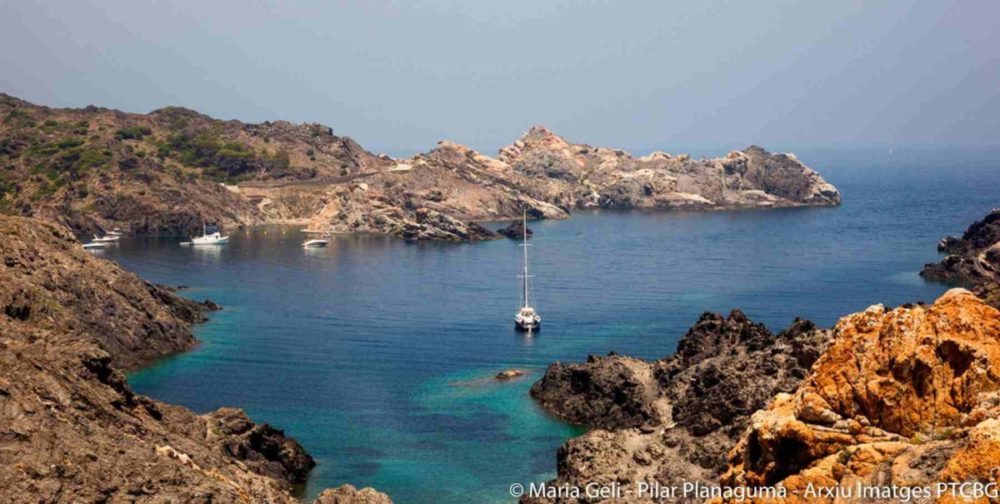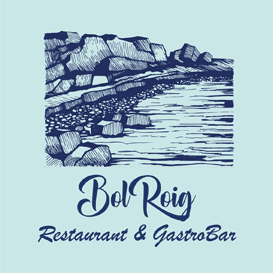Safe and responsible anchoring


Stopping and anchoring in one of our favourite spots along the Costa Brava is one of the greatest pleasures on offer to us as sailors. Whether it’s to enjoy a leisurely swim, enjoy a meal on board or even spend the night, it’s calculated that the estimated time that a boat spends anchored on an outing is over 60%.
That’s why anchoring properly is one of the keys to the success of this really experience. Good anchorage guarantees the maximum safety of the sailors and prevents the boat from drifting until it hits the rocks or bumps into other boats in the area. What do you need to keep in mind?
Choose your anchorage place
- Look for a quiet and protected place, where there are no gusts of wind and/or waves.
- Check the meteorological information for the area where you decide to stop.
- Observe the type of seabed, as this will determine the level of difficulty anchoring. The seabed can be sandy, muddy, and full of seaweed, stones or rocks. A sandy one or one with small stones is the most advisable, while a muddy one or one with large rocks can make the task difficult.
- Anchoring is forbidden in areas where there is posidonia seaweed so that its life and its ecosystem is not endangered, therefore the areas where posidonia is present, or is thought to be present, should be avoided. Check the regulations for l’Escala and the Montgrí Natural Park.
- Enough space should be left between your boat and the others so that if the wind changes direction you do not crash into your neighbours.
The correct manoeuvre
- Reduce the speed of the boat until it stops with the bow at the wind.
- Start lowering the anchor until it reaches the bottom. At this point, you can put the engine in neutral and let the wind bring the boat round to the stern as you release the chain.
- How much chain should you release? That depends on the type of boat, but as a general rule, the ideal length is triple the length to the depth which is marked by the sounder. If it is windy, you should make it at least five times the length.
Safety while anchoring
- Once anchored, don’t turn off your engine until you have checked you are in a stable position. How? With a GPS or by taking two references fixed on land, one closer and another one further away. If they are always aligned, you are not drifting.
- Monitor the anchorage and your location from time to time to ensure you are still fixed to the same point.
- If you are drifting, there may be two reasons: the seabed is not the most suitable or you have not released enough of the chain.
- You can check the anchoring situation by going down with a snorkel or a scuba diving mask.



























